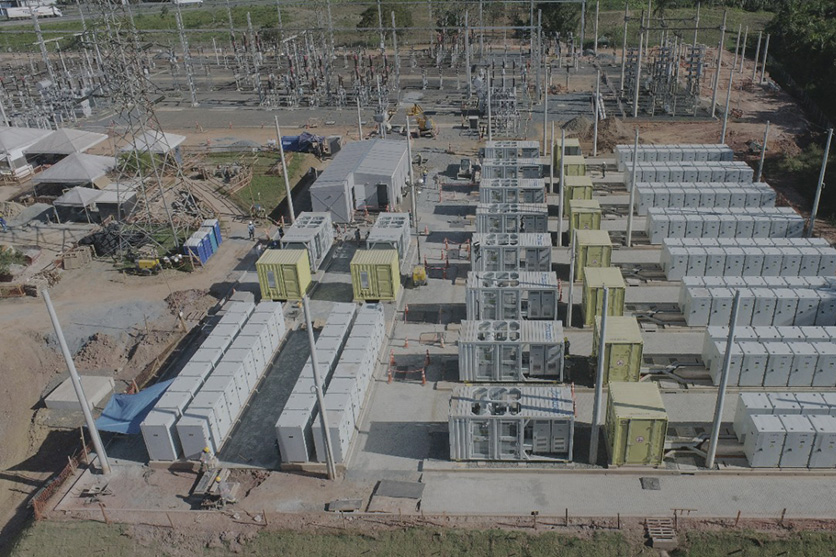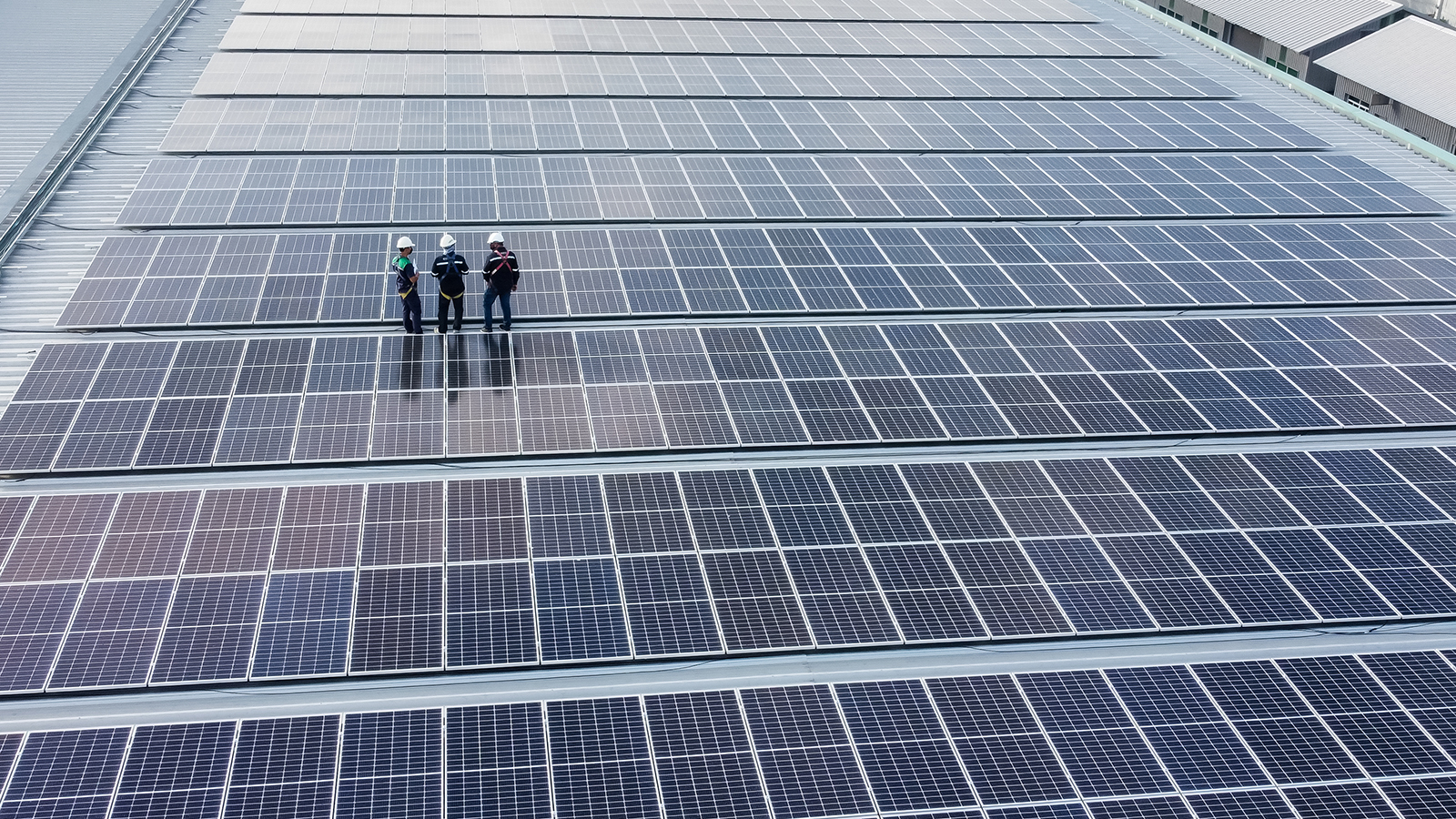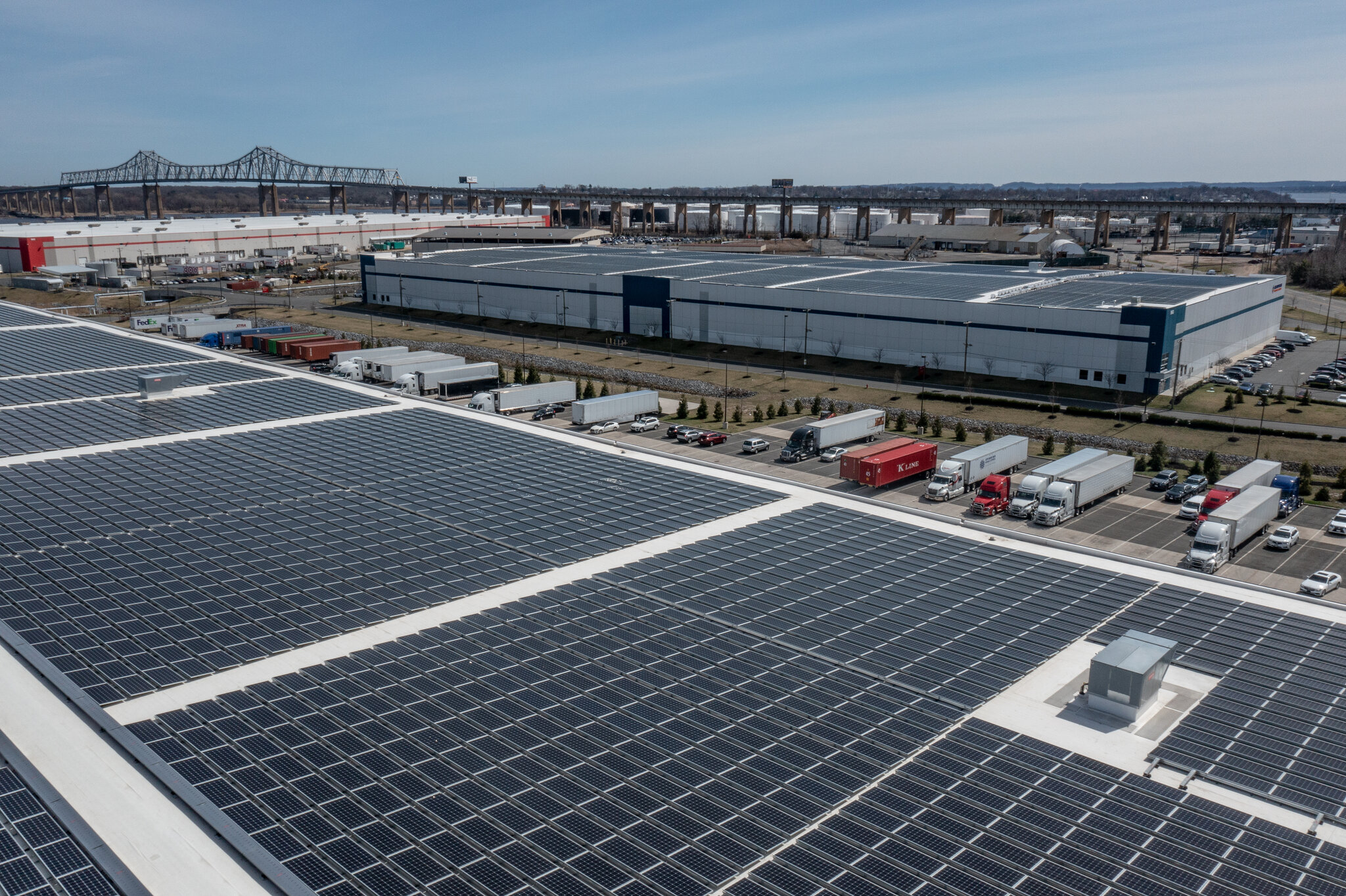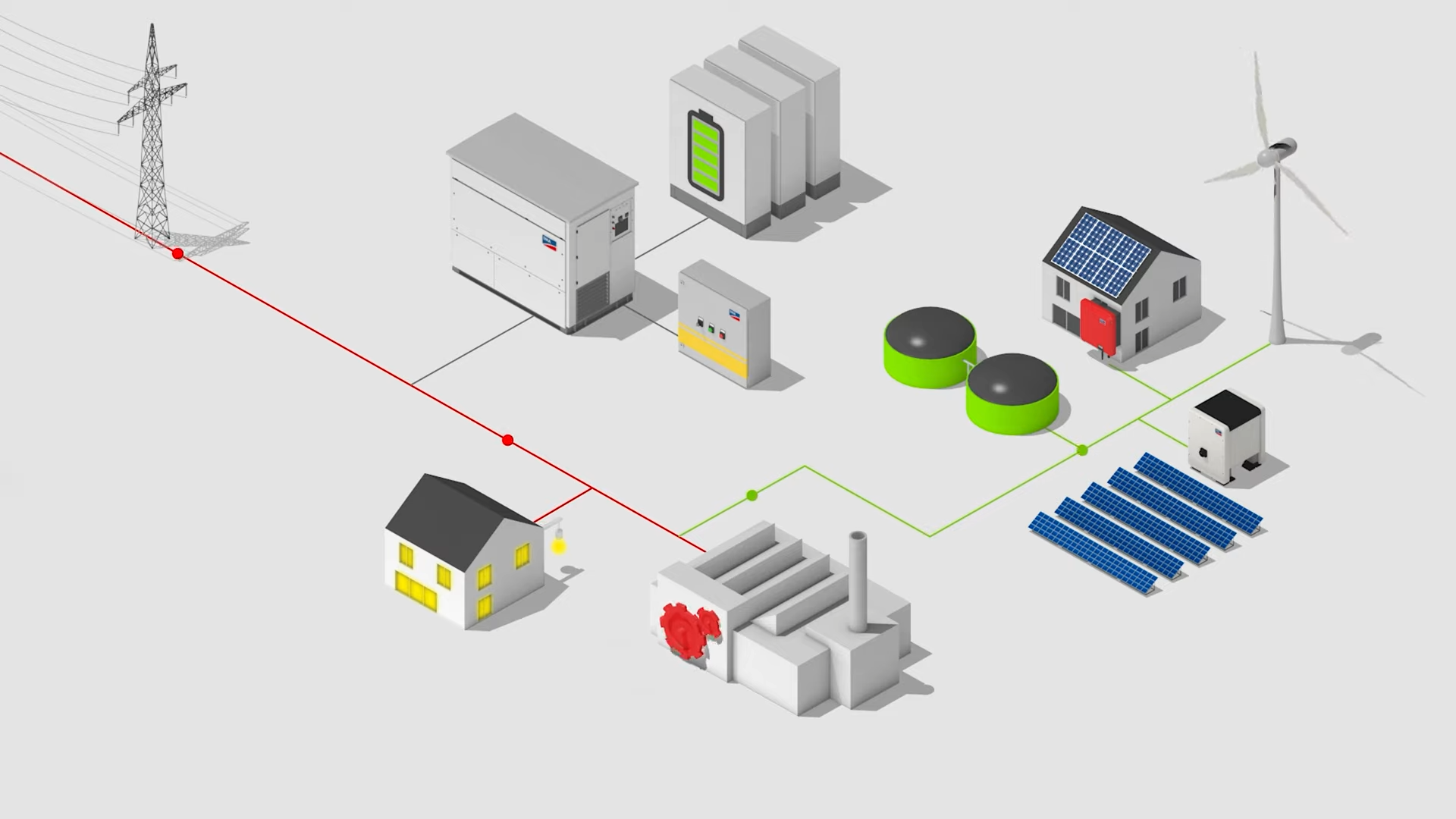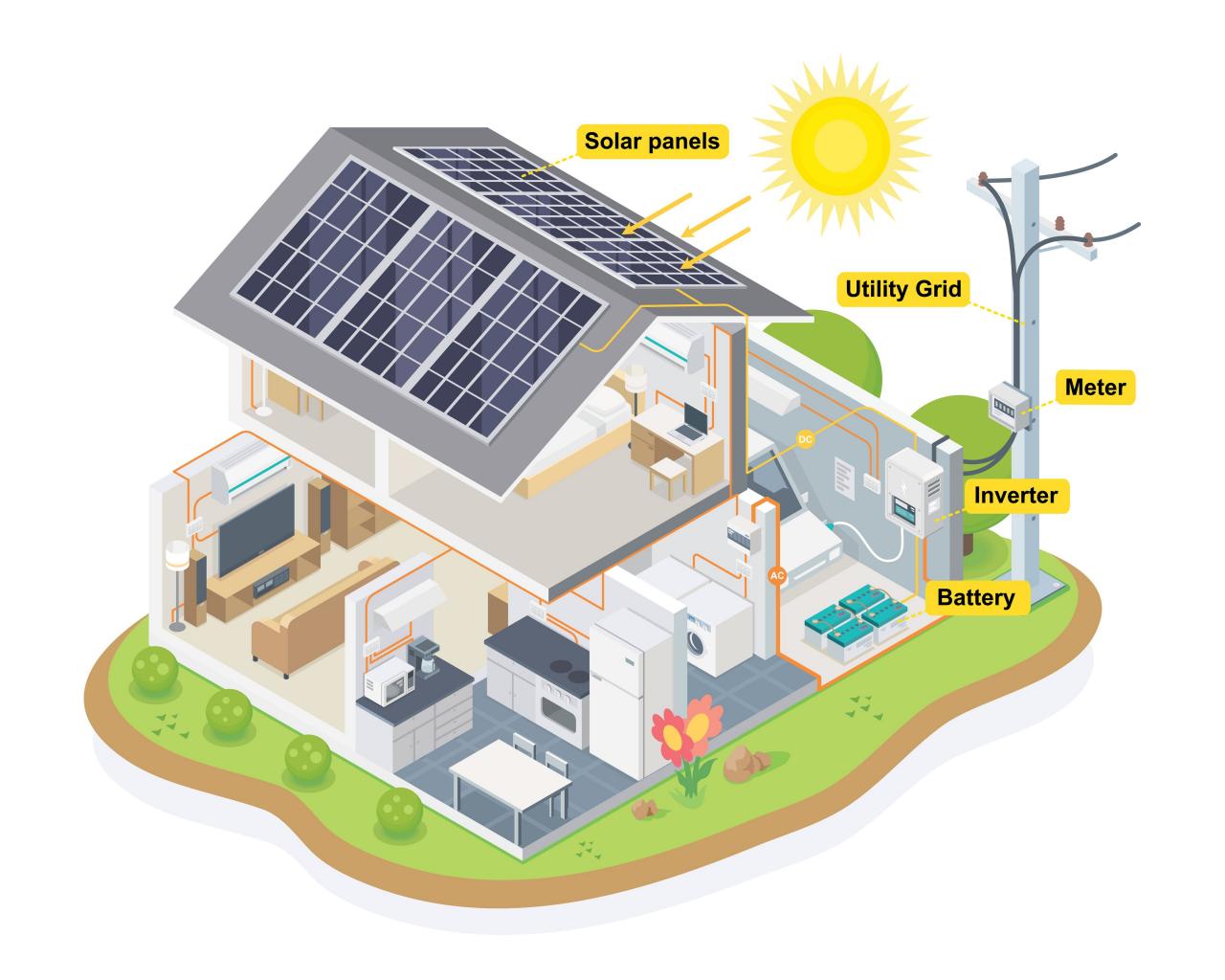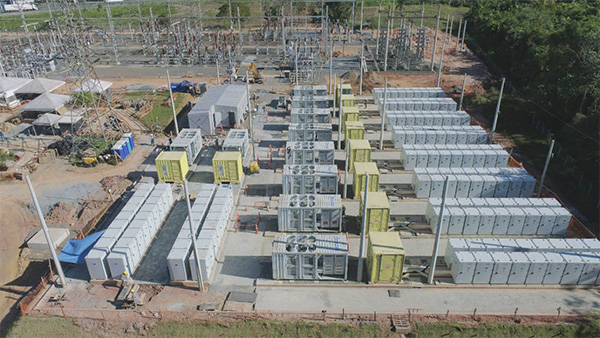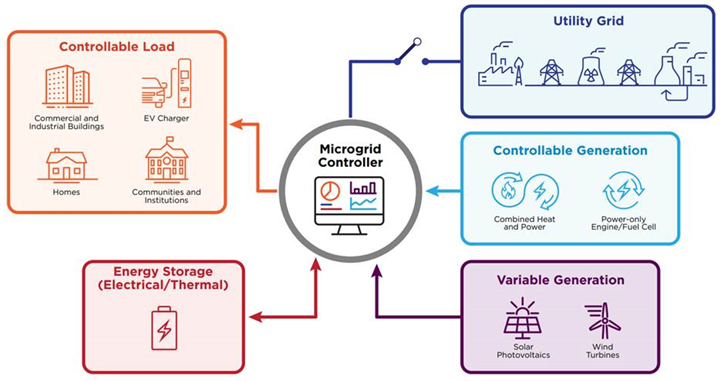
Artificial Intelligence (AI) is revolutionizing Energy Management Systems (EMS) for microgrids, Virtual Power Plants (VPPs), and Battery Energy Storage Systems (BESS). For microgrids, AI algorithms can predict power demand and renewable supply, allowing for dynamic adjustment of energy distribution to improve efficiency and stability. In VPPs, AI optimizes the orchestration of distributed energy resources, enhances demand response strategies, and streamlines energy trading in real-time markets. For BESS, AI applications extend beyond simple charge and discharge activities, employing predictive analytics to forecast energy prices and demand patterns, while also managing the health of the battery to prolong its lifespan and efficiency.
AI-driven EMS for microgrids can include predictive maintenance, where machine learning algorithms analyze operational data to predict equipment failures before they occur, minimizing downtime and maintenance costs. This is crucial for microgrids, which often operate in remote locations and rely on a high degree of autonomy.
In VPPs, AI can aggregate diverse energy resources such as solar panels, wind turbines, and small-scale generators. It can predict the best times to store energy or feed it into the grid, based on predictive models that analyze various factors such as weather patterns, consumption trends, and market prices. This enables VPPs to function like a single power plant, providing a reliable, distributed energy supply.
For BESS, AI leverages historical data and real-time inputs to make decisions on when to store energy and when to release it back into the grid to take advantage of fluctuating energy prices. This not only improves the profitability of BESS operations but also contributes to grid stability during peak demand times or when intermittent renewable energy sources are not generating power.
AI also contributes to the optimization of energy flows within a BESS, ensuring that batteries operate within optimal temperature and charging ranges, thereby extending their operational life and return on investment.
In all these applications, AI enhances the capabilities of EMS by providing deep insights, predictive capabilities, and automated control mechanisms that were previously impossible. As AI technology advances, its role in managing energy systems is set to become even more integral, facilitating a more sustainable, efficient, and resilient energy landscape.


